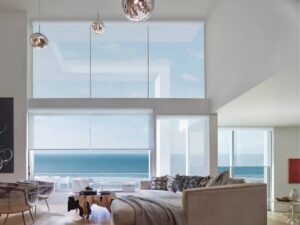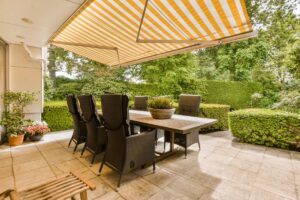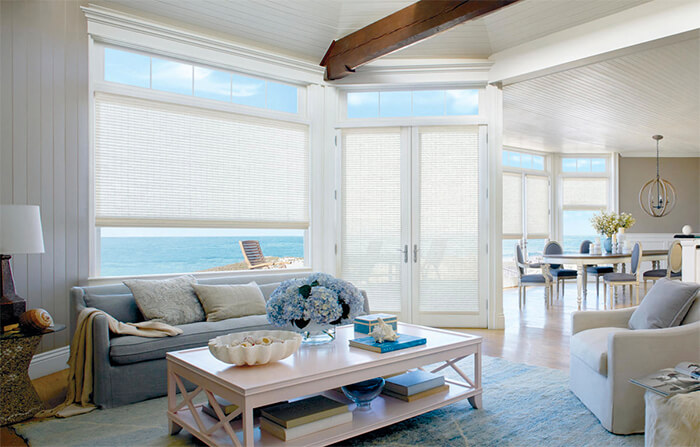Your drapes serve multiple functions beyond just looking stylish next to the window. The right fabrics filter light, insulate from temperature extremes, absorb sound, and stand up to regular use for years to come. This guide explains what to consider when selecting drapery textiles for optimal filtration, durability, and aesthetic impact.
How Light Filtration Works
Before choosing window fabrics, it helps to understand their role in managing incoming light. Most drapery materials utilize tight weaves with layered threads to physically block light rays trying to pass through. But not in an all-or-nothing manner; the amount of filtration depends on the density and composition of the woven fibers. These qualities also affect the color cast into the room.
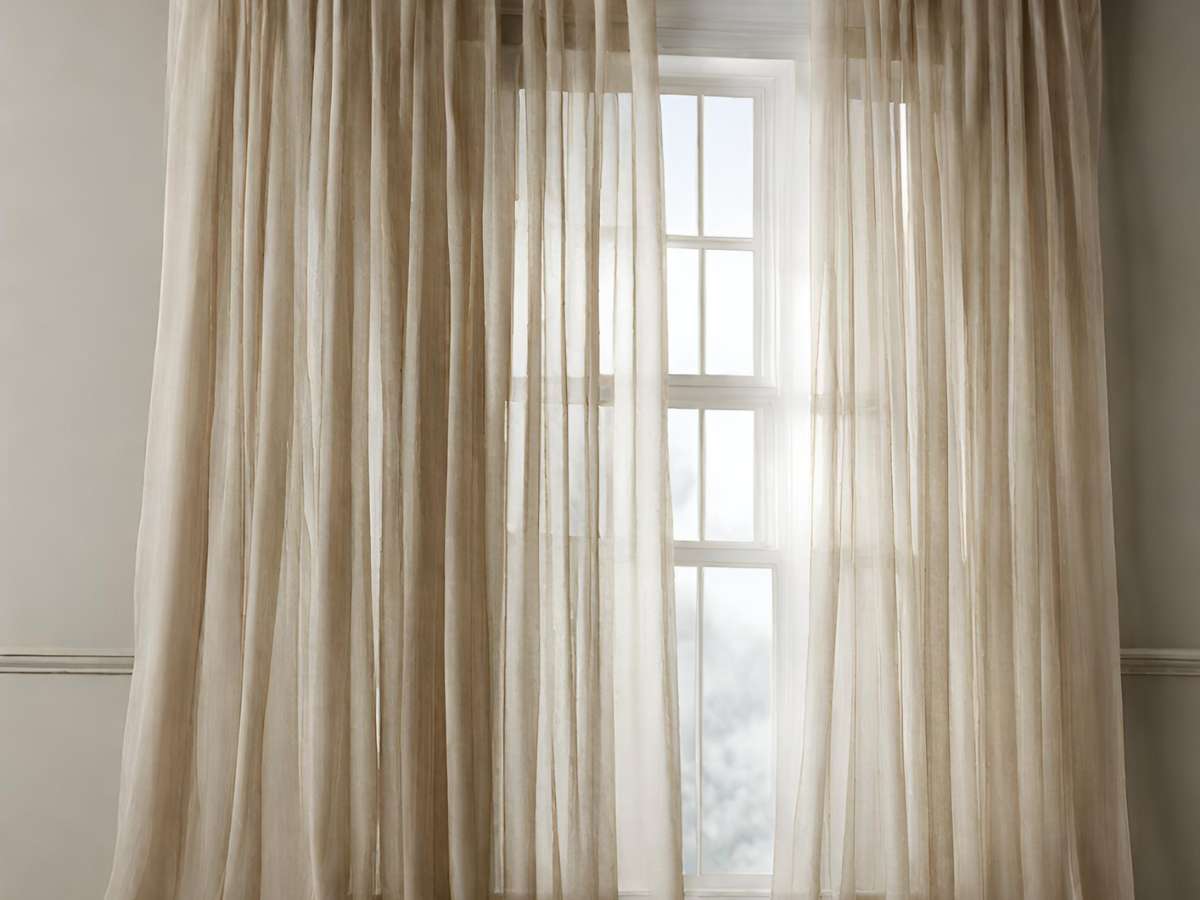
Weave Density for Customized Filtration
Sheer, lightweight fabrics only diffuse and soften direct sunlight. As weaves grow tighter with more threads per inch, the result is darker rooms with almost opaque shade against glare or UV rays. In between these extremes, medium-density weaves offer noticeable filtration while still welcoming visibility and daylight. Consider the room’s needs and window direction/exposure when deciding how heavily to filter with denser textiles.
Fiber Content Impacts Color
The actual fibers used during weaving and spinning also influence the incoming light color. Synthetic fibers like polyester transmit light unchanged compared to natural fibers, producing warmer, more yellow indoor light. Test fabric swatches at your home first to judge real-world color effects.
Durability Depends on Fibers and Processing
Strength and longevity for heavily used drapes and curtains depend on both the base materials and manufacturing quality checks that reinforce wear resistance over time.
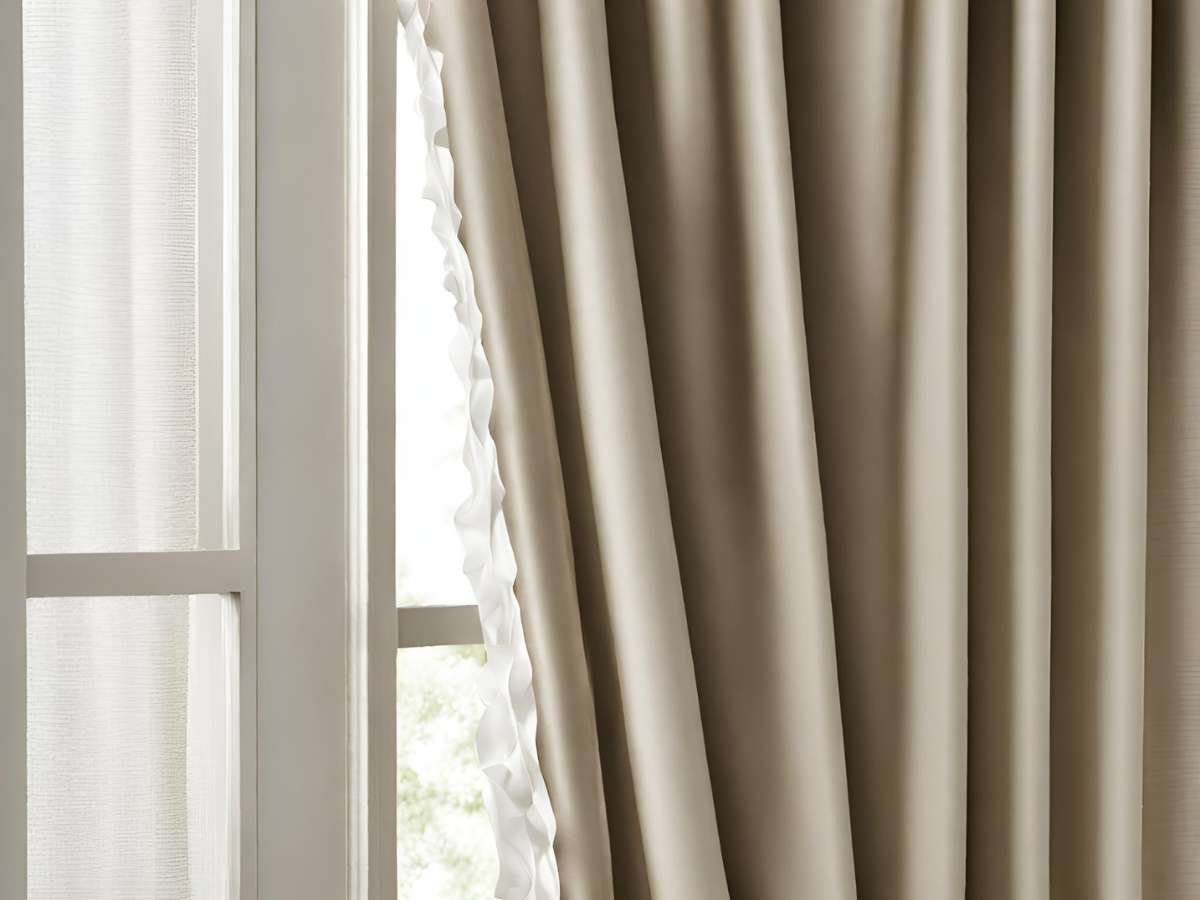
Synthetics Resist Issues
Generally speaking, synthetic textiles like polyester stand up to continual light, heat, and moisture exposure better than plant-based fibers like cotton or linen. But it still matters how finely and cleanly factories spin the actual threads, avoiding imperfections vulnerable to premature breakage.
Seek Quality Construction
No matter what foundational fibers get selected, weak points develop if producers cut corners. Watch that woven textures appear smooth and consistent, without loose strands protruding on close inspection. Ask about testing procedures and quality assurance checks before they are shipped to stores. Going beyond fiber content to examine construction predicts real-world durability.
Matching Decor and Style
Beyond managing light and Insulating windows, drapes obviously provide interior design and decoration as well. Fabrics come in unlimited colors and patterns to match personal tastes or complement existing furniture and flooring.
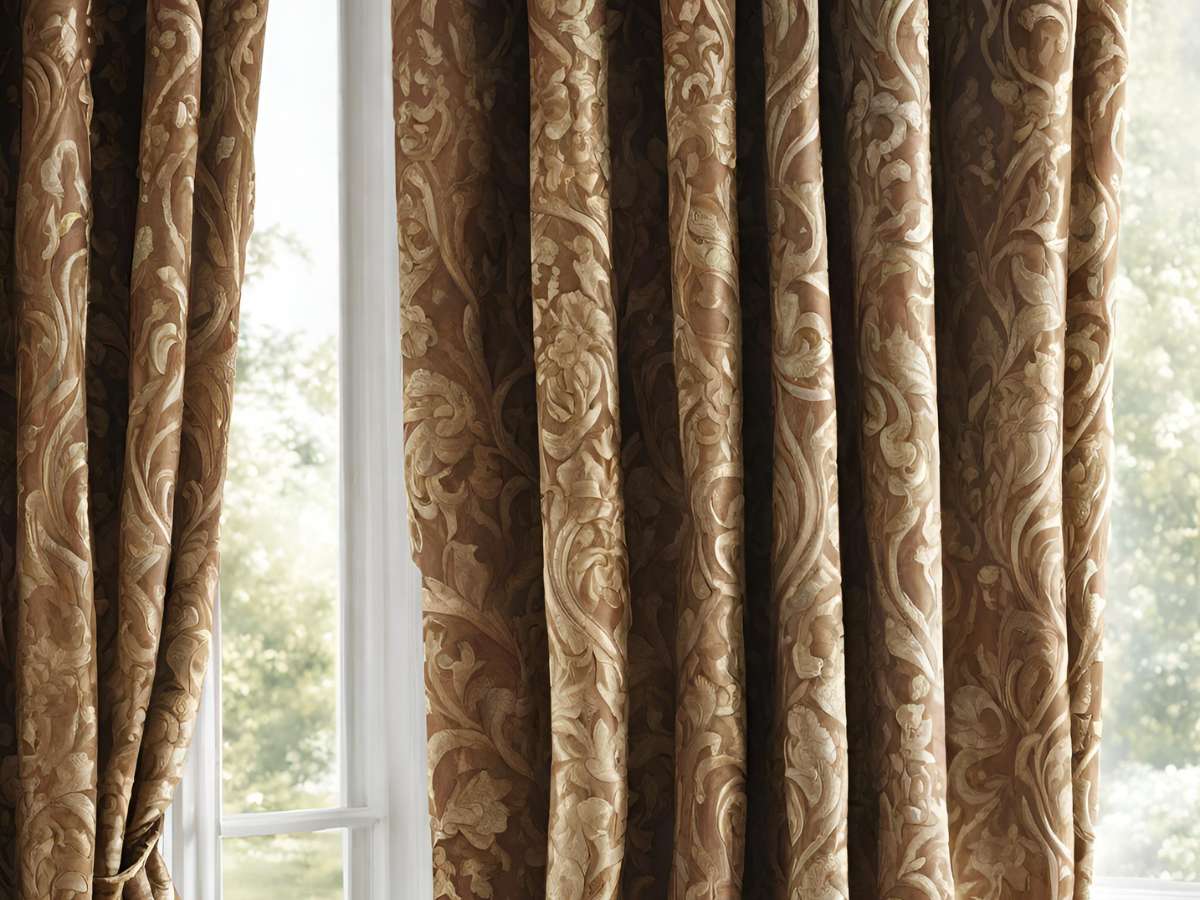
Texture Makes the Room
Rich, heavy fabrics telegraph traditional sophistication, while breezy sheers keep the mood light and airy. Crisp shapes with tailored edges offer contrast next to billowy swags pooling at floor level. Pull the room together with drapery textiles that balance and highlight rug textures and furniture finishes.
FAQs on Selecting Fabrics
Are you still weighing options? See common questions and answers below for further insights.
Some level of light filtration suits most rooms with windows. But for bedrooms, home theaters, nurseries, or third-shift workers, blocking nearly all light becomes essential. Seek out heavier, denser woven materials specifically marketed as blackout curtains. Close weaves combined with thick fabric weight prevent both rays and actual glow from passing through.
In rooms facing noisy roads, playgrounds, or shared walls, noise reduction ranks equally important alongside light control. To identify textiles that absorb the most sound energy rather than reflecting it into the room, lean toward heavy, molded fabrics versus flat or sheer weaves. More pile depth soaks up disruptive waves. Prioritize lush velvets or chenille blends that insulate without muffling style.
Adding a dedicated backing liner prolongs even thick, tightly woven draperies by preventing dust and sun damage from degrading visible exterior fabric. White-colored liners also boost insulation and light-blocking abilities compared to unlined curtains alone. Consider liners a cheap way to enhance both function and longevity.
For further guidance in selecting custom draperies fabricated locally with fit, style, and window needs in mind, contact the professionals at Kerrville Window Fashions. Schedule a free at-home design consultation with Kerrville Window Fashions for personalized assistance.



